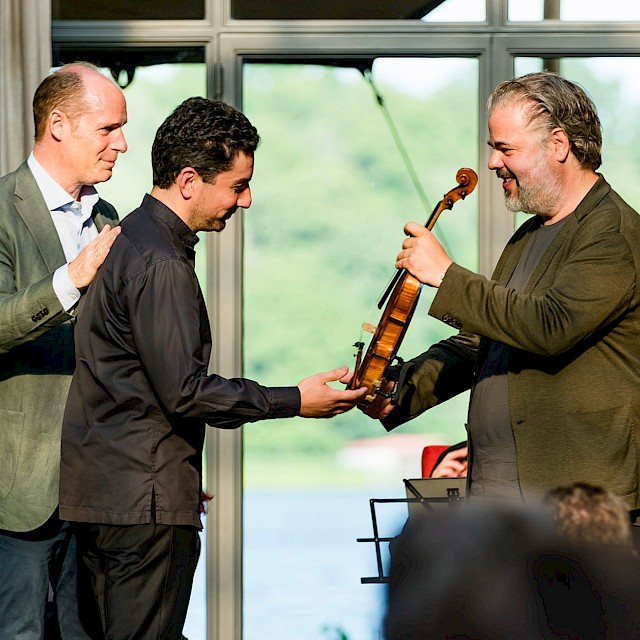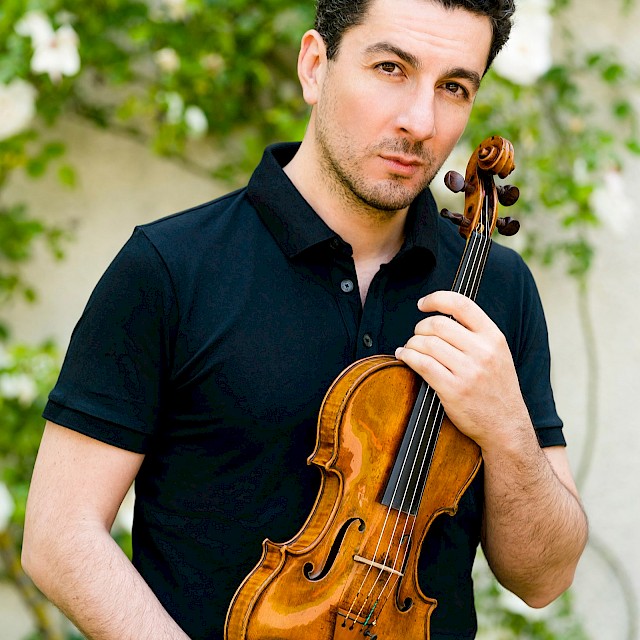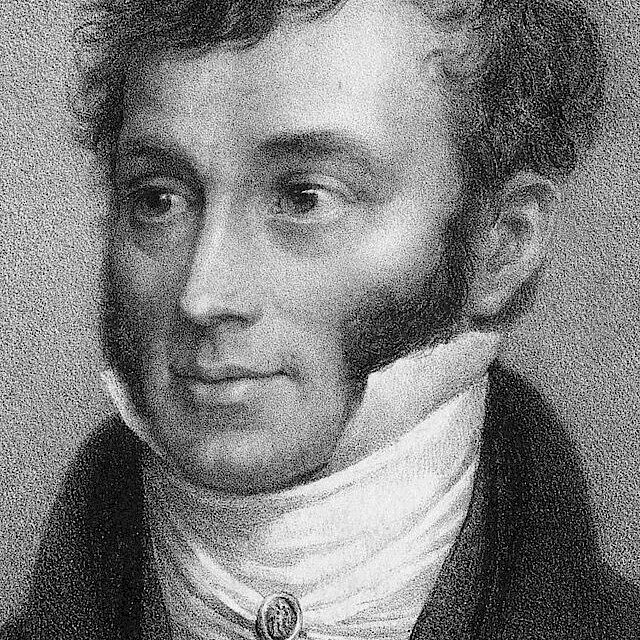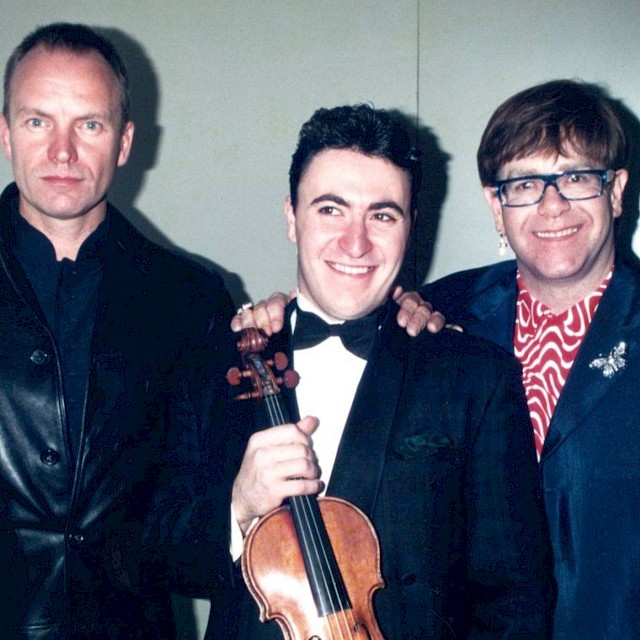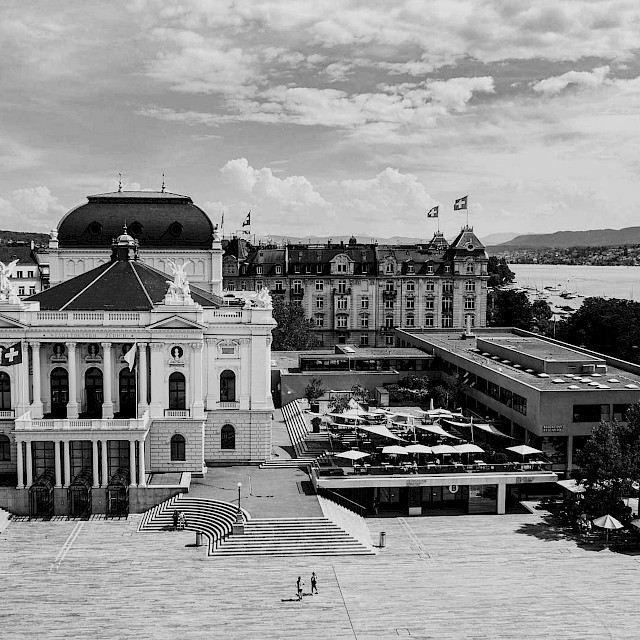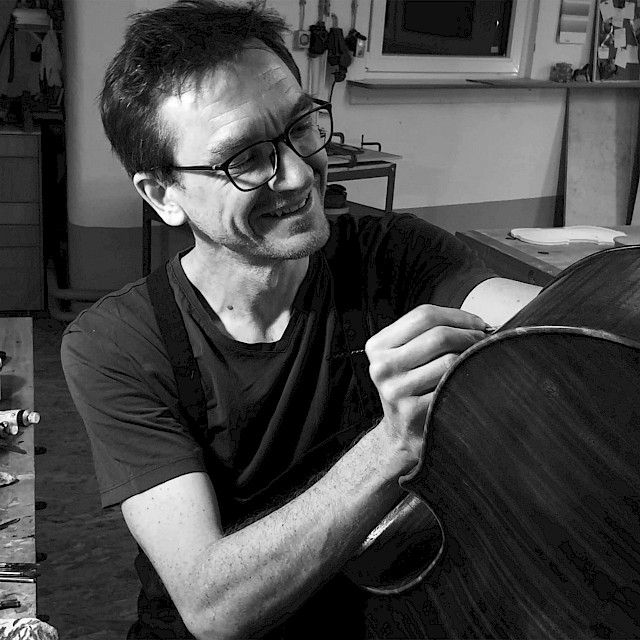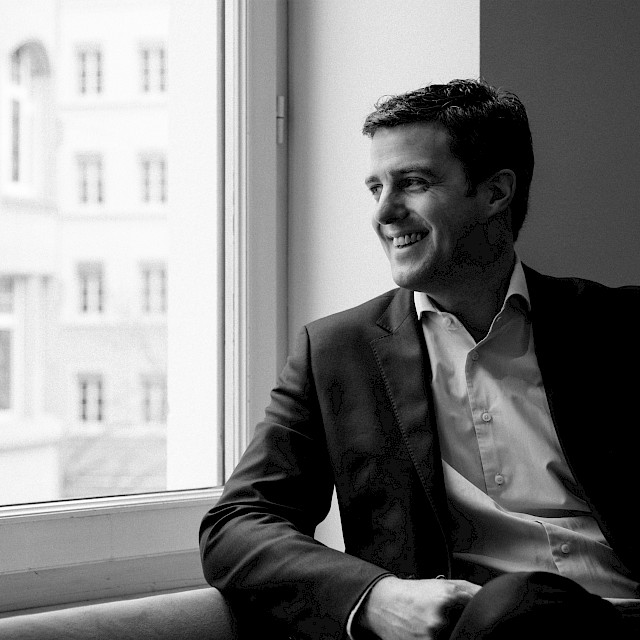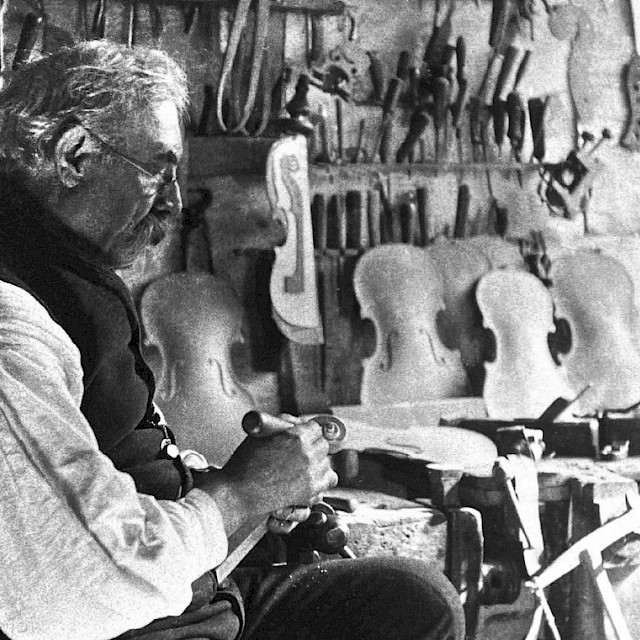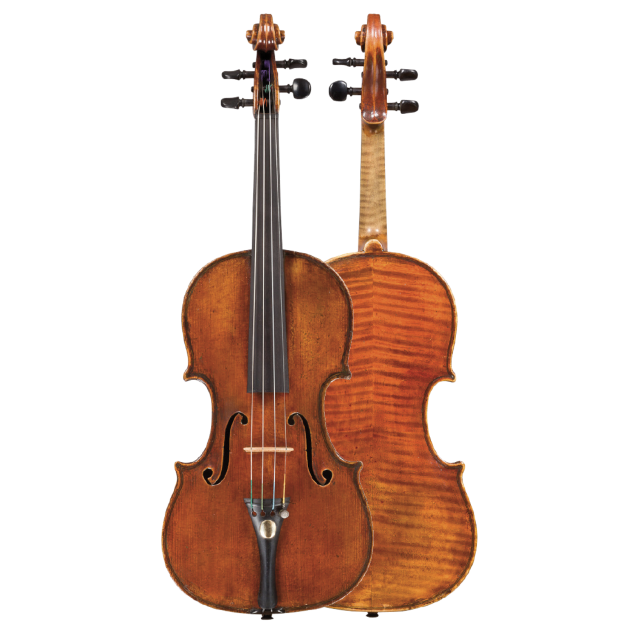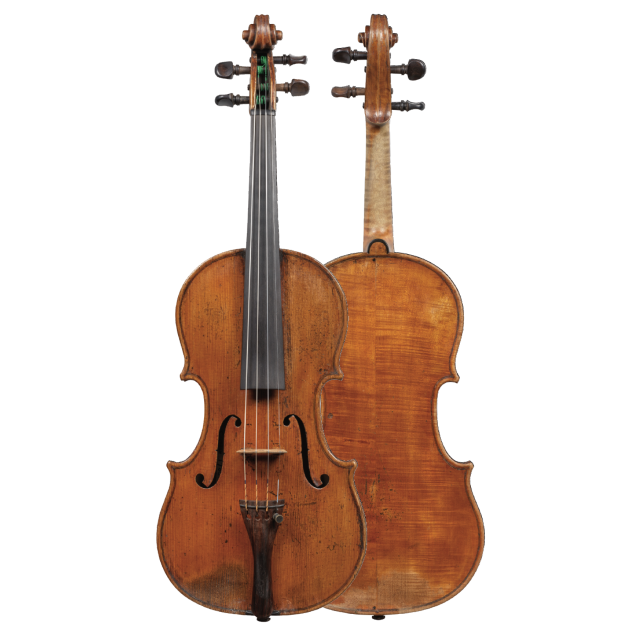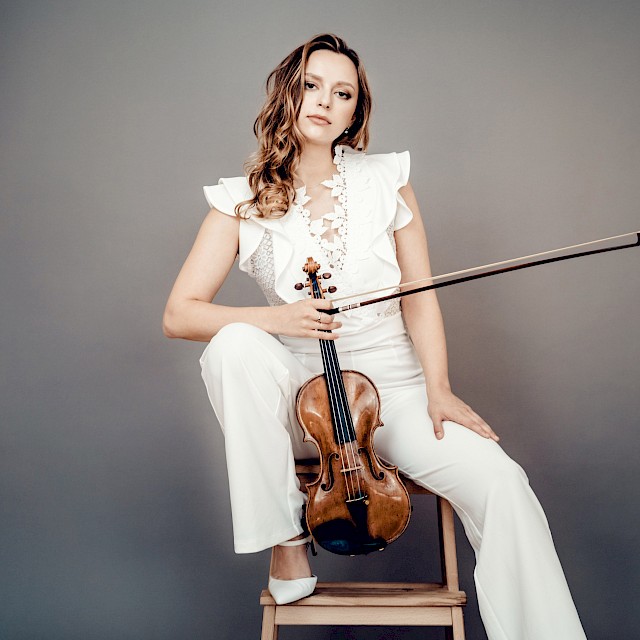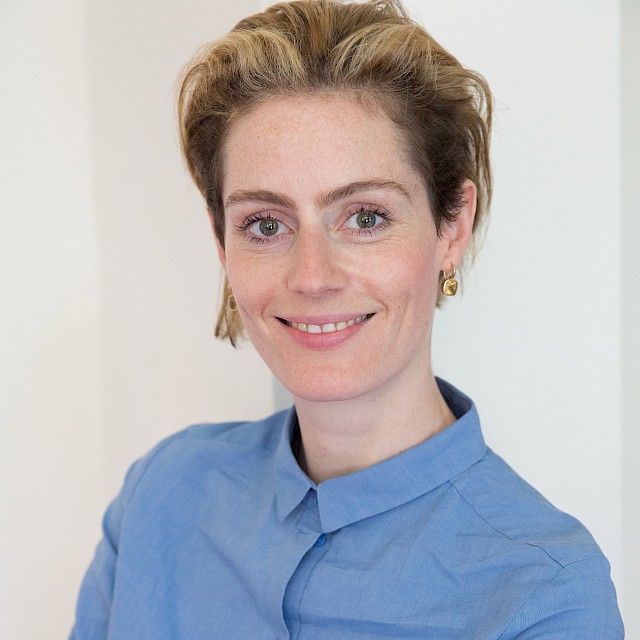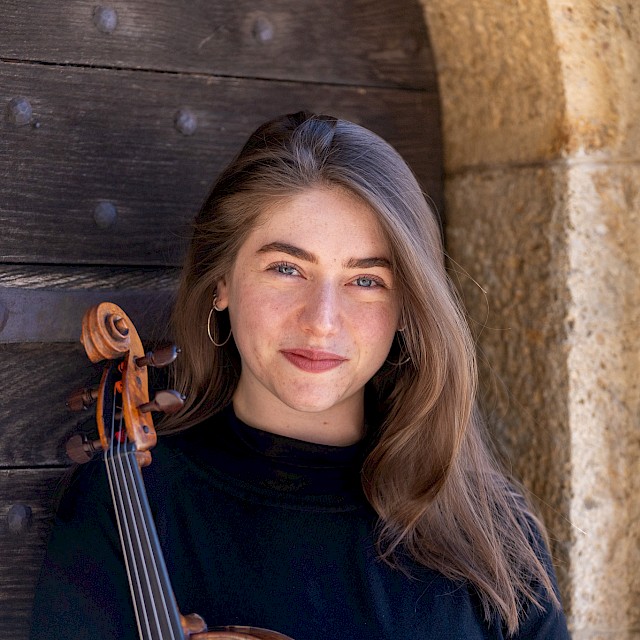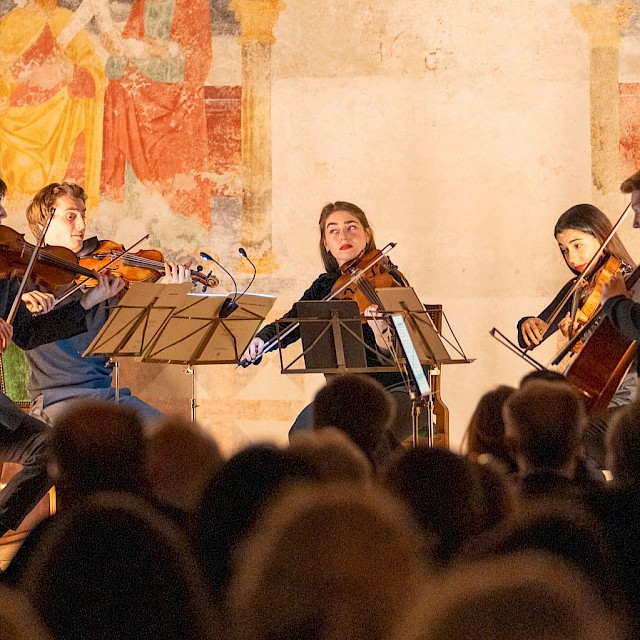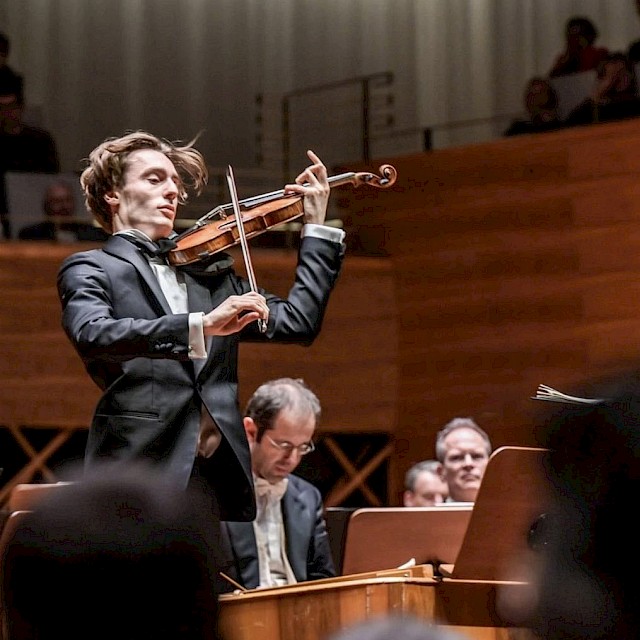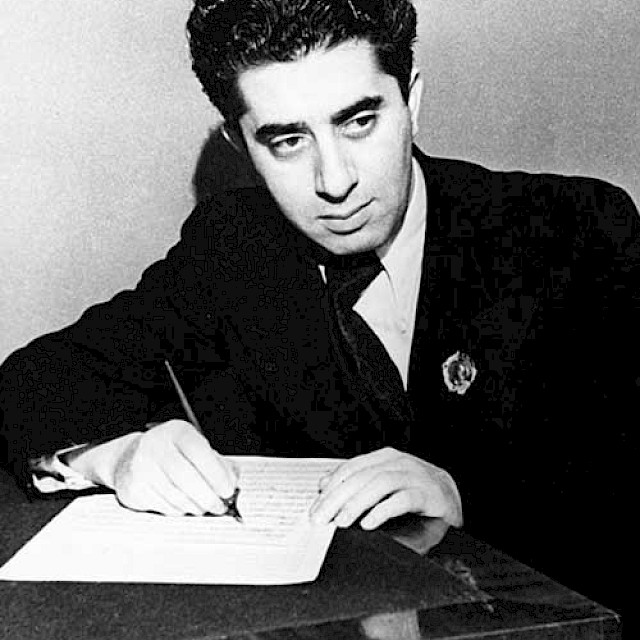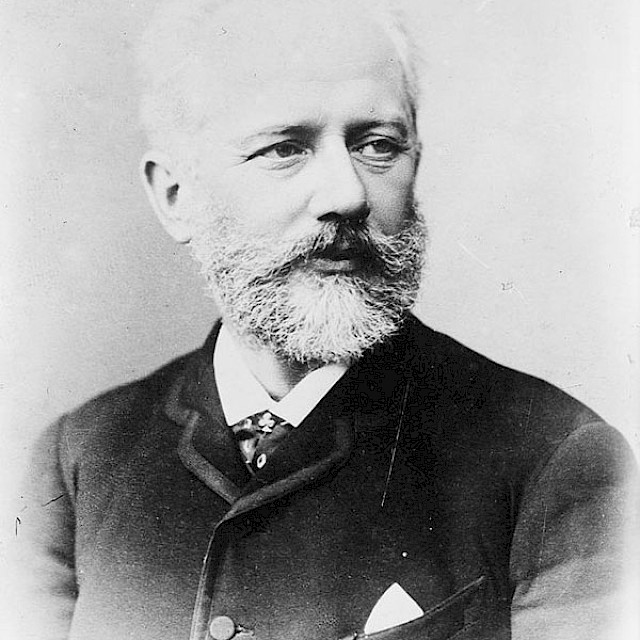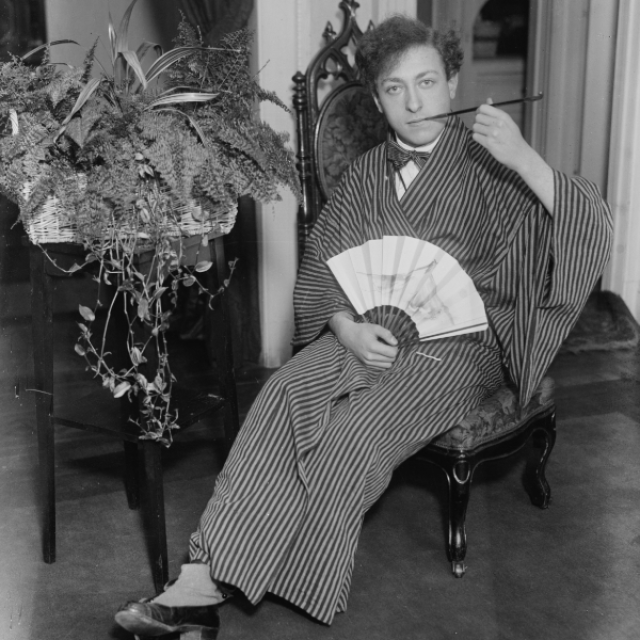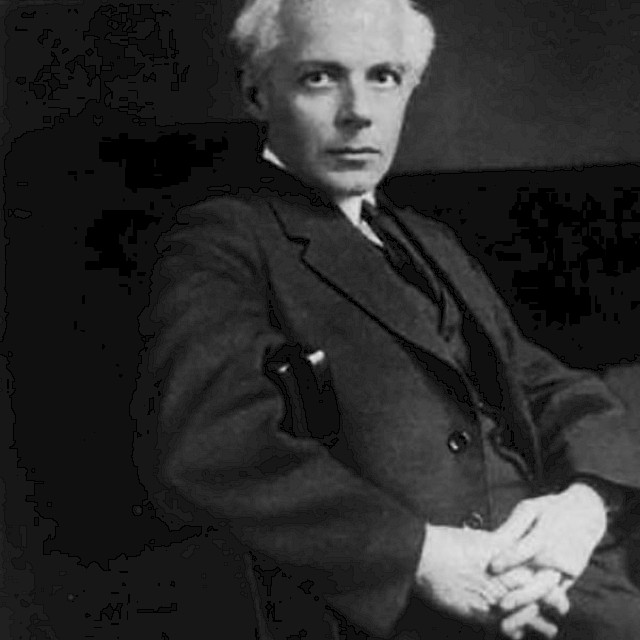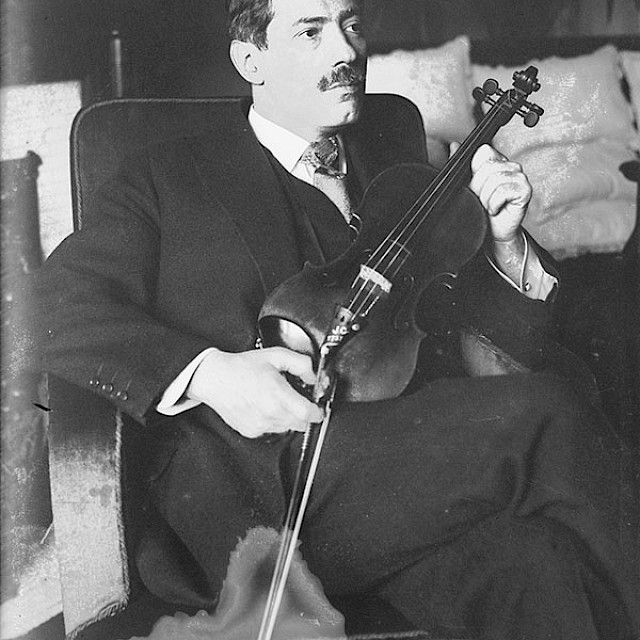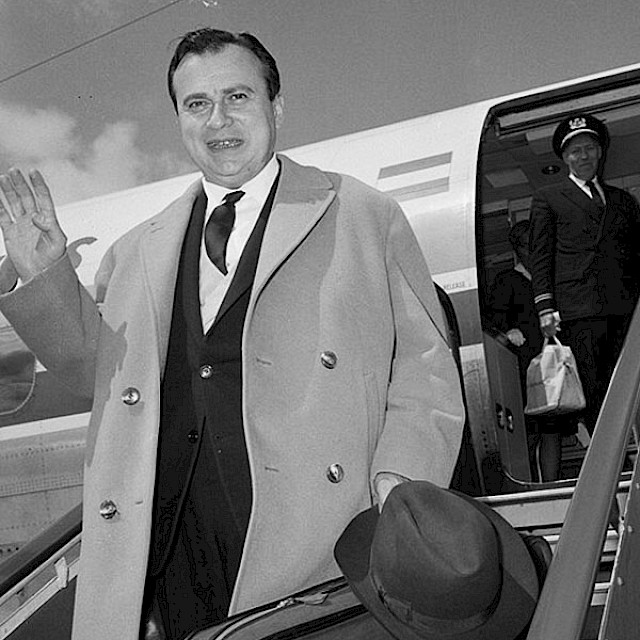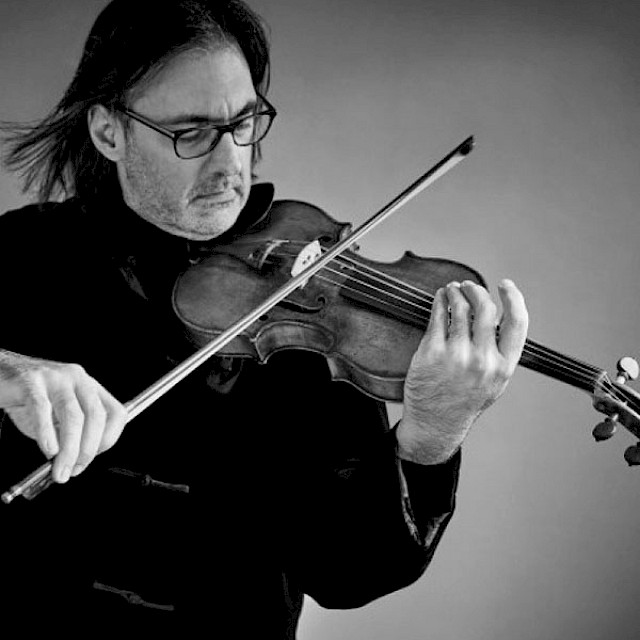Stretton Stories
Welcome to Stretton Stories—your regular insight into the world of exceptional musicians, rare instruments, and the timeless art of string playing.
Each edition celebrates the unique journeys of gifted artists and the extraordinary masterpieces they bring to life, connecting tradition with today’s vibrant musical landscape.
Join us as we share inspiring stories, exclusive updates, and behind-the-scenes glimpses that highlight the Stretton Society’s mission: to nurture, preserve, and champion the legacy of historic instruments and the artists who make them sing.
June 2025
Armenian Violinist Sergey Khachatryan Granted the c. 1724 ‘Kiesewetter’ Stradivari by the Stretton Society
The Stretton Society proudly announces that the internationally acclaimed Armenian violinist Sergey Khachatryan has been entrusted with the iconic c. 1724 ‘Kiesewetter’ violin, crafted by Antonio Stradivari in Cremona.
One of the finest instruments of its kind, the ‘Kiesewetter’ now enters a new artistic chapter in the hands of one of today’s most profound and poetic musical voices.
We are honored to place the ‘Kiesewetter’ in the hands of Sergey Khachatryan, an artist whose rare combination of depth, sensitivity, and brilliance echoes the soul of this extraordinary instrument. This new chapter marks a significant milestone in the life of the ‘Kiesewetter’ and in our mission to keep the masterpieces of Italian violin making alive and heard in international auditoriums.
Sergey Khachatryan on the ‘Kiesewetter’:
“I am filled with happiness to play my new, beautiful ‘Kiesewetter’ Stradivari. It has an outstanding range of colors with unique brilliance, a low register with powerful depth, and yet a sound with carrying sharpness. I am very much looking forward to the exciting journey with this new voice of expression in and feel deeply honored by the generous support of the Stretton Society.”
Sergey Khachatryan rose to international prominence by winning the Jean Sibelius International Violin Competition in Helsinki at the age of 15 – the youngest laureate in the competition’s history – and later claimed First Prize at the prestigious Queen Elisabeth Competition in Brussels. Known for his deep musical insight, he has since performed with the world’s leading orchestras and conductors, earning a reputation for his intensity, refinement, and unmistakable voice.
About the ‘Kiesewetter’ 1724
The ‘Kiesewetter’, named after 19th-century German violinist Christoph Gottfried Kiesewetter, is steeped in legacy. Over the past two decades, it has been played by legendary violinists Maxim Vengerov and Augustin Hadelich in some of the most iconic performances and recordings of our time.
Among these, one stands out as a landmark in the history of violin playing: Maxim Vengerov’s performance of the Sibelius Violin Concerto with the Chicago Symphony Orchestra under Daniel Barenboim at the Kölner Philharmonie during the MusikTriennale Köln in 1997. As an encore, Vengerov performed Eugène Ysaÿe’s Ballade – both works played on the ‘Kiesewetter’, revealing the violin’s extraordinary capacity for both grandeur and introspection.
Maxim Vengerov with the ‘Kiesewetter’ Stradivari alongside Sting and Elton John at the Grammy Awards in 1996
Watch Maxim Vengerov on YouTube
We wish Sergey many remarkable moments and inspiring performances with the 'Kiesewetter'. We are thrilled to see him carry the legacy of this extraordinary instrument into the future.
We would also like to express our heartfelt thanks for the tremendous support of a great member of the Stretton Society – without whom this new chapter would not have been possible.
˜
Stretton x Opernhaus Zürich
We are proud to announce a unique cultural partnership between the Stretton Society and the Zurich Opera House, uniting our shared dedication to musical excellence, education, and the legacy of fine instruments.
Dear Members and Friends of the Stretton Society,
We are excited to announce a significant and multifaceted cooperation between the Stretton Society and the Zurich Opera House, built on a shared commitment to musical excellence, education, and the legacy of fine stringed instruments.
This joint initiative consists of two complementary pillars: one dedicated to nurturing the youngest generation of musicians through the newly founded children’s orchestra of the Zurich Opera, initiated by the General Director Matthias Schulz, and the second supporting established artists within the orchestra of the Zurich Opera through long-term loans of exceptional instruments by members of the Stretton Society.
This cooperation represents a powerful commitment to both the future and the present of classical music.
In collaboration with Stretton Contemporary we are thrilled to support the Zurich Opera House’s newly founded Kinderopernorchester with a dedicated line of high-quality stringed instruments in ¾ and ⅞ sizes.
Paul Belin
Violin Maker
Under the artistic direction of one of the world's finest luthiers, Paul Belin, Stretton Contemporary was born from the desire to make the excellence of the greatest 18th-century instruments more accessible to young musicians. Crafted as bench inspirations of iconic examples from the Stretton Collection, these ¾ and ⅞-size instruments are tailored to the needs of children aged 9 to 13—offering them the same standard of sound and craftsmanship that defines the rare masterpieces loaned through the Stretton Society. It is a commitment to nurturing talent from the very beginning, ensuring that the next generation can embark on their musical journey with instruments that truly support expressive playing and artistic growth.
“It’s for the kids! Imagine a ¾-size ‘bench inspiration’ of Fritz Kreisler’s Antonio Stradivari or a ⅞ version of Paul Tortelier’s Tassini cello. It’s not only incredibly charming, it’s deeply meaningful. This project is truly one of a kind: a commitment to supporting the next generation of classical musicians through access to exceptional craftsmanship and sound.”
Stephan Jansen, Co-Founder, Stretton Society
Matthias Schulz
General Director, Zurich Opera House
This cooperation—supporting the youngest musicians through the Kinderopernorchester and enabling excellence among professional musicians of the Zurich Opera Orchestra through long-term instrument loans—is reflected in the voices of those who shape and guide it:
“The cooperation between the Zurich Opera House and the Stretton Society marks a significant step in promoting young musical talent and access to high-quality instruments. By providing excellent ¾ and ⅞ violins inspired by Stradivari, Guarneri, and other important violin makers, we open up new sonic horizons for our youngest musicians. This initiative sharpens perception, deepens their understanding of craftsmanship, and supports the next generation of artists with the best possible conditions. Together, we are preserving cultural heritage, promoting accessibility, and investing in the future of classical music.”
Matthias Schulz
Furthermore, earlier this year, the Stretton Society placed an exceptional violin by Stefano Scarampella, Mantua c. 1910, on long-term loan by a generous member of the Stretton Society to the concertmaster of the orchestra of the Zurich Opera House, Xiaoming Wang.
About
Stefano Scarampella
1843–1925
Stefano Scarampella is regarded as one of the most important violin makers of the early 20th century. Although he came to violin making relatively late in life, Scarampella developed a style that was bold, direct, and full of personality. His instruments are known for their powerful tone, spontaneous craftsmanship, and striking varnish. Scarampella worked in near-total isolation in Mantua and lived a modest life, yet left behind some of the most sought-after violins of his generation. His instruments are often seen as the youngest viable rivals to those of the classical Cremonese masters. The violin on loan to the Zurich Opera House is a striking example of his mature work around 1910 and has still an incredibly plentiful coating of the maker’s finest rich red varnish.
The approach of building a Circle of Friends—supported by the Stretton Society and united by the shared goal of enriching the sonic identity of the Zurich Opera Orchestra through outstanding instruments—is a great endeavour.
“With great admiration for Matthias Schulz for the inspiration, clarity, and vision he brings to every conversation—and for his exceptional sense of quality and artistic spirit. We look forward to an exciting new chapter in Zurich.”
Maximilian von Schierstädt,
Co-Founder, Stretton Society
We are grateful for the continued support of our members of the Stretton Society, who make these meaningful initiatives possible. We look forward to sharing further updates with you in the near future.
Warm regards,
The Stretton Society
˜
May 2025
Welcome to a new edition of “Stretton Stories”! A Season of New Beginnings: Welcoming Violinist Maria Ioudenitch, General Manager Jessica von Wrede, and a Storioni Masterpiece—A New Era for the Stretton Society Marked by Artistic Excellence, Inspired Leadership, and a Candid Conversation about the Voices of the Past and the Future
Dear Members, dear Friends of the Stretton Society,
It is with heartfelt joy that we welcome an exceptional new artistic voice to the Stretton Society: violinist Maria Ioudenitch.
We are delighted to share that the Stretton Society has secured a remarkable violin by Lorenzo Storioni for Maria—an instrument of rare beauty and expressive depth. Maria’s artistry is marked by elegance, emotional range, and a refined instinct for color and narrative. A laureate of three major international competitions in 2021—Eugène Ysaÿe, Tibor Varga, and Joseph Joachim—she has since captivated audiences with her imaginative programming and performances that are at once intimate and electrifying.
Her acclaimed debut album Songbird (Warner Classics) traces a poetic journey through works by Franz Schubert, Fanny Mendelssohn, Clara Schumann, Nikolai Medtner, Richard Strauss, and Lili Boulanger—a program that reflects her sensitivity and curatorial depth. Whether performing concertos by Pyotr Ilyich Tchaikovsky, Samuel Barber, and Sergei Prokofiev, or reviving forgotten gems in recital, Maria brings a spirit of discovery and devotion to every stage she graces.
We had the pleasure of speaking with her about music, identity, and the power of sound to connect across time and place.
About
Lorenzo Storioni
Lorenzo Storioni (1744–1816) was the last towering figure of classical Cremonese violin making. Born long after the golden age of the Amatis, Guarneris, and Antonio Stradivari, he found himself in a city where violin making had all but disappeared. Yet rather than following in anyone’s footsteps, Storioni forged a path of his own—drawing inspiration from the past while creating instruments that were deeply personal, expressive, and uncompromisingly built for sound.
Though he worked more than a generation after the great Cremonese masters, Storioni’s instruments often feel closest in spirit to those of Giuseppe Guarneri ‘del Gesù’. Like del Gesù, he wasn’t concerned with visual perfection—his scrolls are sometimes eccentric, his f-holes uneven—but his instruments have a raw beauty, individuality, and intensity that speak directly to musicians.
Storioni revived violin making in Cremona at a moment when it could easily have vanished. His instruments—few in number, bold in character—have been played by some of the greatest musicians of the 20th century, including Mstislav Rostropovich, who owned a powerful Storioni cello, and Arnold Steinhardt of the Guarneri Quartet.
Today, one of Storioni’s finest surviving violins is in the hands of Maria Ioudenitch—a warm, clear, and soulful instrument that perfectly matches her expressive voice. This violin is also featured in Dimitri Gindin’s The Late Cremonese Makers as one of the highlights of Storioni’s extraordinary legacy.
A conversation about sound, identity, and the voices of the past and the future
"This violin has a soul of its own – there is warmth, depth, and a kind of aged elegance in the sound"
Maria, we’re delighted to welcome you to the Stretton Society. What does this new chapter mean to you?
Thank you! I’m deeply grateful to be part of this community of passionate supporters, music lovers, and wonderful artists—not to mention being surrounded by a “family” of gorgeous instruments!
You were raised in a musical household. How did that shape you?
Music was always present. Both of my parents are pianists, so I grew up with that sound around me. My mom often tells the story of playing Glenn Gould’s Bach recordings while I was in the womb to calm me down—and it worked every time. Johann Sebastian Bach has been a love ever since.
Importantly, my parents never imposed a vision of what kind of artist I should become. They kept me disciplined, of course, but gave me the space to find my own path. That combination—their belief in music’s value and their trust in my autonomy—gave me a deep and healthy love for creating art.
Your repertoire spans from Schubert to Gershwin to Boulanger. How do you approach programming?
I focus on two things. First, I try to create a journey through sound—contrasting textures and emotional colors: shimmering bird calls, rhythmic drive, lyrical melodies.
Second, I love giving a voice to overlooked repertoire—whether forgotten miniatures from the Golden Age of violin playing (just look at the programs of Joseph Szigeti, Jascha Heifetz, or Nathan Milstein!), or music unjustly neglected due to prejudice. I don’t believe in ticking boxes for the sake of it—I believe in meaningful integration. I also care deeply about championing contemporary voices—they are our future.
Tell us about your Storioni. What has it been like to get to know this instrument?
Honestly, it’s been magical. This violin has its own soul—warm, complex, and dignified. It also has a big personality, which hasn’t made the adjustment easy—and I take that as an honor. The challenge pushes me to explore, to listen more deeply. Every day reveals new colors, new nuances. It’s a privilege and a responsibility to bring its voice to life.
Where are you currently based?
Berlin is my home base, but whenever I’m in the U.S. for concerts, I try to visit my family in Kansas City.
What’s next in your season?
This summer is filled with chamber music festivals in England, Germany, and the U.S., with a recital at the Solsberg Festival in Switzerland on June 30. In September, I return to a full schedule of concertos, recitals, and festivals — including Henryk Wieniawski’s Concerto No. 2, Alexander Glazunov, Sergei Prokofiev’s Concerto No. 1, Felix Mendelssohn, and Johannes Brahms.
Maria, thank you for this inspiring conversation. We are so pleased to have you with us and can’t wait for your Stretton debut.
Thank you—I look forward to it with all my heart!
Welcome Jessica von Wrede—
Stretton Society’s
New General Manager
We are excited to welcome Jessica von Wrede to the Stretton Society as our new General Manager, effective May 1, 2025. In this key leadership role, Jessica will oversee the Society’s operations and strategic development. As the central point of coordination, she will work closely with the Board of Directors Stephan Jansen and Maximilian von Schierstädt to help shape and advance the Society’s long-term vision.
Jessica brings a distinguished background in project management, organizational development, and high-level event execution. During her tenure at the U.S. Embassy in Berlin, she led the planning and delivery of the inauguration ceremony for the new embassy building. She subsequently spent a decade at the American Academy in Berlin, playing a central role in the institution’s structural reorganization as Trustee Relations Manager. Most recently she joined the Robert Bosch Foundation as Director of Events, where she was responsible for the foundation’s entire event portfolio. In addition to her institutional experience, Jessica founded and successfully ran her own company, offering white-glove relocation services to international clients relocating to Berlin.
Jessica holds a Master’s degree in Museum Studies from the University of Sydney. A native of Berlin and an Australian citizen, she brings a global perspective deeply rooted in local expertise. A hands-on leader with deep experience in complex, high-profile projects, she is already making meaningful contributions to the Stretton Society—and is eager to embark on this new chapter. We are delighted to open the next chapter of the Stretton Society with her.
Maximilian von Schierstädt and Stephan Jansen are especially looking forward to working closely with Jessica and to incorporating her strengths as they pursue the mission of the Stretton Society. Together, they are committed to building a resilient, purpose-driven organization grounded in collaboration and a shared vision. Jessica will also be present at Stretton’s Summer Edition Concerts on June 14 at the Eibenhof Estate, offering members and artists the opportunity to meet and welcome her in person.
We would also like to take this moment to share that Annetin Knahl will begin her maternity leave on June 20, 2025. While we greatly look forward to her return, we would like to express our sincere gratitude for her outstanding dedication and exceptional work throughout her tenure.
Upcoming Events:
Mark Your Calendars!
Here are the highlights
of the Stretton Society’s 2025/2026 Festival series:
— 14 June 2025 —
Stretton Summer Edition 6
Eibenhof Bad Saarow
— 31 Oct & 1 Nov 2025 —
Stretton Autumn Edition 5
Vienna
We look forward to welcoming you there.
For our Members & Special Guests
by invitation only.
˜
March 2025
Welcome to a new edition of “Stretton Stories”! In the aftermath of the Stretton Winter Festival Ed. 4 in St. Moritz, we would like to shine the spotlight on violist Noga Shaham – an extraordinary young musician and rising talent who made her remarkable debut with the Stretton Society during this year’s festival.
Dear members, dear friends of the Stretton Society,
it is with immense joy and great admiration that we introduce the exceptional violist Noga Shaham, who made her dazzling and profoundly moving debut with the Stretton Society on February 28, 2025, as part of this year’s Stretton Winter Festival in the picturesque setting of the Engadine.
During the enchanting concert on Friday evening at the San Gian Church, Noga captivated the audience alongside the esteemed Leonhard Baumgartner, Darius Preuß, Sara Ferrández, and Benjamin Kruithof. Together they performed two of the greatest masterpieces of chamber music, Mozart’s String Quintet No. 4 in G minor, K. 516, and Brahms’ String Quintet No. 2 in G Major, Op. 111.
With a rare depth of musicality, a rich and nuanced tonal palette, and an expressive intensity that resonated in every phrase, Noga’s performance was a revelation. Her seamless interplay with her fellow musicians, coupled with an individual voice of striking clarity and warmth, created an unforgettable musical experience that left a lasting impression on all who were fortunate enough to witness this extraordinary debut.
Noga’s Musical Journey
Born and raised in Israel, Noga Shaham began her musical education at the age of six, initially on the violin before transitioning to the viola at twelve. She began her studies with her father, Hagai Shaham, and moved to Berlin at the age of 17 to study at the Universität der Künste with Nora Chastain. Today, she is part of the Kronberg Academy, where she is mentored by Nobuko Imai.
As a sought-after chamber musician and soloist, she has performed with renowned ensembles across Europe and beyond, collaborating with some of the greatest musicians of our generation. Her chamber music engagements have taken her to prestigious festivals such as the Verbier Festival, Sion Festival, Gstaad Festival, Utrecht Festival, and Jerusalem Festival, among others.
Following her impressive concert in St. Moritz, some Stretton members had the opportunity to get to know Noga better during the post-concert dinners – one of the unique aspects of the Stretton Society, which fosters direct interaction between musicians and audience members.
We also took the opportunity to speak with her about her music and impressions:
Bettina Wacker: Noga, your debut at the Stretton Winter Festival in the Engadine was a great success. How did you experience the concert in St. Moritz?
Nogas Shaham: It was simply wonderful! The atmosphere at San Gian Church is unique – the acoustics, the audience, the winter scenery. And, of course, it was a joy to perform some of my all-time favorite pieces – Mozart’s and Brahms’ quintets – with my fellow Stretton musicians. I consider this music to be the spiritual pinnacle of our entire repertoire as classical musicians. It has so much depth and emotional intensity; it truly transforms you as a performer.
You perform on many international stages. What does playing chamber music mean to you?
Chamber music is the most intimate yet demanding form of performance. You communicate on a very special level – it’s almost like a conversation without words. I love being in this close musical dialogue, responding, and creating together.
Could you tell us a bit about the viola you are currently playing?
Of course! This viola is quite an interesting instrument, though its origins remain unidentified. It is likely an anonymous old German, Austrian, or Italian viola – perhaps even crafted by a peasant. It belongs to my father, a professional violinist, who inherited it from a friend many years ago. While I love its deep and resonant sound, its unusual proportions, including particularly wide shoulders, make it physically uncomfortable and challenging to play. Most importantly, it lacks a certain brilliance and projection – qualities I find essential, especially since I regularly perform alongside some of the finest instruments in the world…
… which is why we at Stretton are actively searching for a new instrument for you – one that will optimally support you on your artistic journey.
That would be amazing! I am truly grateful and honored to receive support in my search for a new viola – one that will hopefully become my trusted companion for years to come.
Stretton is unique in that artists are not just part of the program but part of the community. Members and musicians interact directly. How did you experience this?
I absolutely loved it! During the dinner after the concert, I had many truly wonderful conversations with Stretton members. I personally believe this is one of the greatest rewards an artist can receive in return for giving their heart on stage – connecting and exchanging thoughts with the audience afterward. Discussing the music, hearing their opinions and emotions, and getting to know each other better – it was all very special. The Stretton Society creates such a warm and personal atmosphere, where musicians feel genuinely welcome. It was fascinating to hear the audience’s impressions and to share a little about my own musical journey – especially in such a cozy setting like the Clavadatsch Mountain Lodge.
What are your plans and upcoming projects?
In the coming months, I will be performing a series of solo recitals and chamber music concerts across Europe, as well as participating in some wonderful summer festivals with long-time friends and colleagues. And, of course, I hope to return to the Stretton Society very soon!
After this wonderful debut, we are thrilled to see and hear you at many more Stretton events, dear Noga – at the latest at the Stretton Autumn Festival in Vienna. Until then, we wish you many inspiring musical experiences and eagerly look forward to seeing you again soon!
˜
Welcome to a new edition of “Stretton Stories”! In this issue, we would like to shine the spotlight on violinist Darius Preuss—an xMP mentee and one of Stretton’s most promising talents.
At the start of the year, Darius captivated audiences in his hometown of Bochum with a series of extraordinary performances. The Bochumer Symphoniker’s New Year’s and New Year’s Eve concerts showcased an ambitious and unconventional program, highlighting the young virtuoso. The press responded with enthusiasm. With sold-out halls and a program designed to push boundaries, Darius proved himself to be one of the most exciting young musicians of his generation.
Born in 2004 to German-Persian parents, Darius began playing the violin at just four years old and has been studying at the prestigious Hanns Eisler School of Music in Berlin since 2022. A laureate of numerous national and international competitions, Darius is quickly making a name for himself. Now, as an xMP mentee, Darius continues to pursue his artistic path with passion and determination.
Bettina Wacker talked to him about his goals, big dreams, and the challenges that lie ahead.
Interview with
Darius Preuss
Darius, we are excited to have you here! The past year has certainly been an exciting time for you, especially with your impressive concert series as a soloist with the Bochumer Symphoniker. Could you share some of your personal highlights? Were there any moments that stood out to you in 2024?
Darius Preuß: Last year was a very special one. I had the opportunity to work with amazing musicians, which allowed me to learn a lot. The concert series with the Bochumer Symphoniker was, of course, an extraordinary experience. It was a completely new challenge to play so many concerts back-to-back in such a short period of time. With the Heilbronner Symphony Orchestra, I had the chance to perform the Violin Concerto by Aram Khachaturian, a composer who is very close to my heart. I also played the Violin Concerto by Pyotr Tchaikovsky with an orchestra for the first time—an incredible composition.
Interesting! What fascinates you so much about Khachaturian?
Aram Khachaturian is known for his vibrant, expressive, and rhythmically powerful compositions. Playing his pieces requires technical virtuosity but also offers artistic freedom, as the dynamics allow for plenty of room for individual interpretation. His Violin Concerto is a classic that has inspired and challenged violinists for generations.
Maybe my fascination also has something to do with my own background: My father is from Iran. And Khachaturian’s music often contains oriental influences. It reminds me of my roots.
What projects and concerts are coming up for you in the next few months? Are there any new challenges that you are particularly excited about?
In 2025—in addition to lots of chamber music with amazing musicians—two tours are on the schedule: With the Armenian National Symphony Orchestra, I will revisit Khachaturian’s Violin Concerto, performing it in several cities across Germany and later in Armenia’s capital Yerevan. I am very excited about playing this piece there, in the composer’s homeland.
Another highlight will undoubtedly be the tour through Germany with Alexander Warenberg, another Stretton artist, and the Klassische Philharmonie Bonn. We will perform Brahms’ Double Concerto in some of Germany’s most beautiful concert halls, such as the Laeiszhallein Hamburg and the Konzerthaus in Berlin.
What are your goals and wishes for the future? Are there specific musical areas in which you would like to develop further?
One important goal for the coming years is definitely to establish myself in the concert scene and to play chamber music with various wonderful musicians. This continually gives me the opportunity to be inspired, to keep learning, and to grow further.
Which works and composers are you currently focusing on? Are there specific pieces or works you’re particularly looking forward to or would like to add to your repertoire?
The composer Béla Bartók has become very dear to me over the past few years. This summer, I immersed myself deeply in his music—I started my mornings with Bartók and ended my days with him. I definitely want to include more of his works in my repertoire—his 2nd Violin Concerto is absolutely on my learning plan.
Johann Sebastian Bach remains the foundation of my work and an inexhaustible source of inspiration. I think I’ll spend the rest of my life exploring his music, and I’ll do so with great joy! Playing Bach’s music is not only a technical challenge but also a spiritual and almost philosophical one. It pushes you to think beyond music as an art form and to reflect on yourself as both a musician and a human being.
You are a mentee in the Stretton Excellence Mentorship Program. What does it mean to you to be part of such a program, and how has it influenced your musical journey?
The program has been an absolute game-changer for me! Quickly after the very first lessons with Leonidas Kavakos, I realized that this program offers an entirely new approach—it’s not the typical teacher-student relationship as one knows it. The program offers so much more: direct contact and personal exchange with a true mentor. Working with Kavakos has given me a deeply personal insight into the life and mindset of a world-class musician who has been at the peak of classical music for decades. That has been and continues to be invaluable to me.
I am very grateful to be part of this program and hope to continue my work with Leonidas Kavakos as intensely as possible!
What are the greatest challenges you currently face as a violinist and musician? How do you handle the constant expectations, especially as a soloist?
I set myself high goals and trust that I will achieve them. Instead of allowing doubt, I focus entirely on moving forward. Of course, a constant challenge is maintaining my technical level at the highest standard while also captivating and moving the audience with my personal musical ideas, interpretations, and emotions. Preparing for these moments of performance is a daily and incredibly important task.
When you look back on your career as a musician, what are the most important milestones and turning points that have shaped you as an artist? Are there specific teachers, mentors, or experiences that have particularly influenced you?
When I was twelve years old, I played solo with an orchestra for the first time. From that moment on, I knew that this is exactly what I wanted to do in the future. That feeling is so incredible—it’s what drives me every day.
Another significant milestone for me was, as mentioned, my first xMP-lesson with Leonidas Kavakos. Working with Leonidas gave me a faint glimpse of what it means to play at that top level. It was incredibly impressive.
What sources of inspiration play a role for you? Are there any artists that influence your interpretation?
Many of my musical role models lived in the past century, such as the great violin icons Henryk Szeryng, Jascha Heifetz, and Fritz Kreisler. The sound of their playing and their expressive power are incredibly inspiring to me. The integrity of their playing and their essence as musicians is something I carry in my heart at all times.


